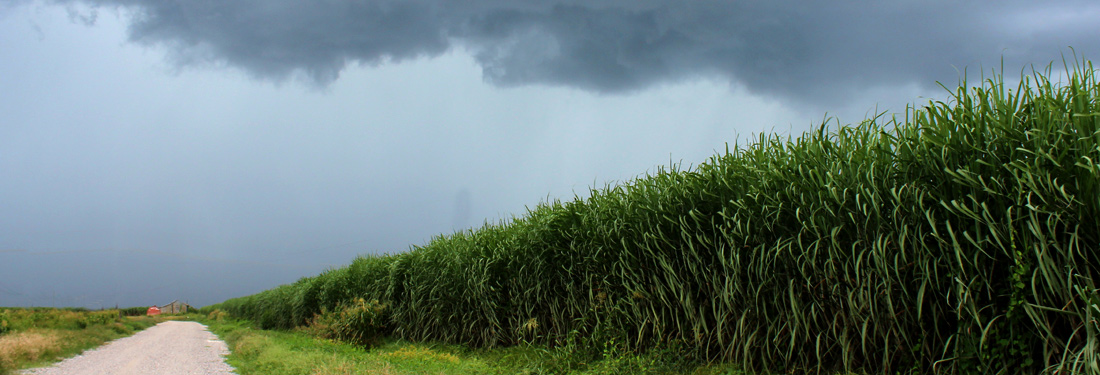
The Spanish called it “azucar.” “Sucre” is the French word for sugar, while Germans say “sucker” It’s called many things in many places, but as long as it’s been around (and it has been around awhile) Americans have always called “sugar”.
St. Joseph is an actual operating sugar cane farm, farming over 2500 acres of prime Louisiana agricultural farm land. Every February the land begins getting prepared for the long growth period of sugar. In November, the cane is harvested.
Sugar, or “White Gold” as British colonists called it, was the engine of the slave trade that brought millions of Africans to the Americas beginning in the early 16th-century. Profit from the sugar trade was so significant that it may have even helped America achieve independence from Great Britain.
Sugar is one of the worlds oldest documented commodities, and at one time it was so valuable that people locked it up is what is called a “sugar safe”.
Of the US sugar producing areas, Louisiana is the oldest and most historic. Sugarcane arrive in Louisiana with the Jesuit priest in 1751 who planted it where their church now stand on Baronne Street in New Orleans.
Several plantations were planted in what is now the city limits of New Orleans and the success of the sugar Industry hastened Louisiana’s admittance to the United States. Except for a few disastrous production years – during the Civil War, during a disease epidemic of the 1920s, and from ten degree freezing temperatures affecting the 1990 crop, the Louisiana sugar cane Industry has continued to increase in productivity, mainly due to improve varieties, agricultural practices, pest control and sugar producing techniques. The Louisiana sugarcane industry is currently in it’s third century of sugar production.
In 1779, Étienne de Borgĕ was the first to granulated sugar for commercial use in what now is the United States. His plantation in New Orleans was where Audubon Park is today Antoine Morin, a “free man of color” is credited as a major contributor of this early process.
In the late 1700 and early 1800s, everything was done by hand. The slaves used sharp cane knives, mule pulled plows and wagons and open kettles for boiling the sugar juice. Plantation had their own mills and the process was very difficult and took many workers to achieve the desired sugar crystals.

The sugar mill contained the “Jamaica Kettle Train” and consisted of large kettles enclosed in brick and protected under an open air wooden cover. The sugar juice would be set to boil in the “Grand Kettle” measuring 6 foot in diameter. As the juice was boiled and reduced in volume, it was lateral to a smaller kennel, reduced still more, moved again and so forth until it was a thick syrup. The smallest kettle, about 3 foot in diameter was closest to the furnace in the hot juice was then able to reach consistency which allow the sugar crystals form.
Crystallized sugar was considered “White Gold” and demanded a high price on the market. At the end of the grinding season there was a great celebration. Social gatherings, dances, and candy be pulling for the children. The adults were treated to a beverage called “Hot Punch” made of boiled sugar juice and French brandy.
When the Civil War ended the slavery system, many of the free slaves in Louisiana State working on the sugar plantation became pay laborers. Many plantations suffered economically and did not survive.
